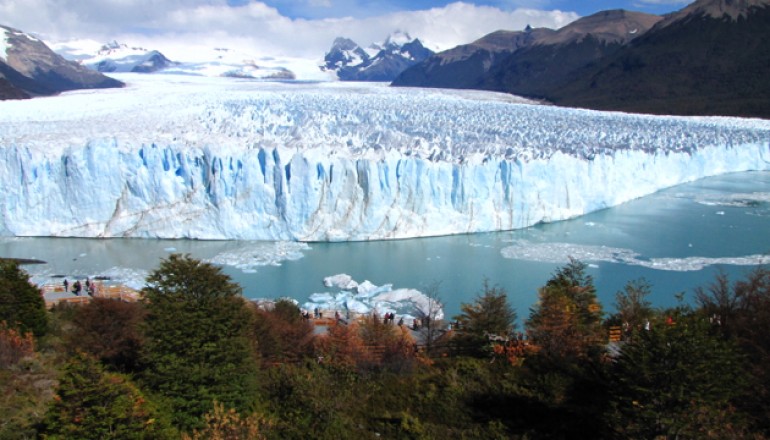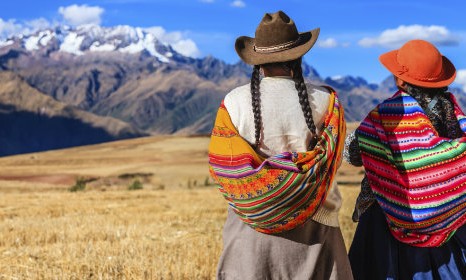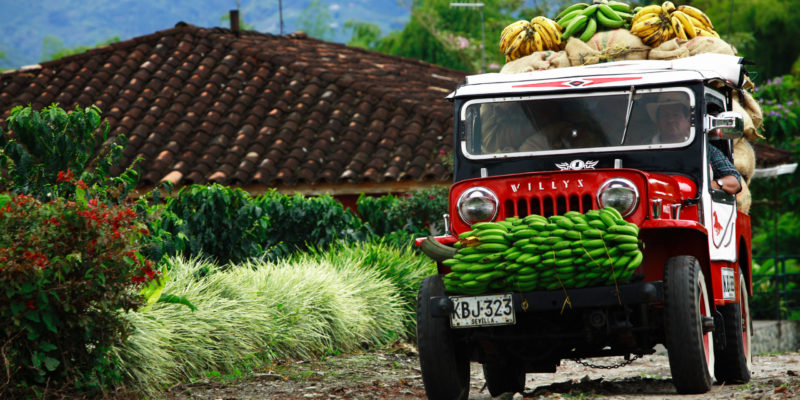Peru is the pounding heart of South America. It’s an ancient land interwoven with a…
Reasons to visit Patagonia
Patagonia, the name alone sounds like the an enchanted, imaginary land dreamt up in the minds of a fantasy writer. And magical it is! Patagonia is South America’s southern frontier. A definite ‘bucket list’ destination and home to some of the world’s most photogenic landscapes. Peaks, glaciers, lakes, plains, desert and grasslands. Natural, wild, barren beauty abounds. This is a place an adventurous heart will fall in love with. Below are some of the many reasons to visit Patagonia:
A bit about Patagonia
Patagonia covers the southernmost parts of Argentina and Chile with the Pacific Ocean on one coast, the Atlantic on the other and miles and miles of dazzling peaks, ice fields and plains in between. Northern Patagonia is home to the lakes district of both countries. You’ll find established tourism spots, and areas where untouched wilderness reigns supreme.
On the Southeastern coast, a menagerie rich in marine life such as whales, orca, fur seals, elephant seals and penguins. The Andes make the Southern Alps look like mere foothills. Their granite peaks piercing the sky, foreboding yet thrilling.
You can visit Patagonia independently, English is widely spoken. There are plenty of hostels and campsites to stay at, and buses and transportation options to get you places. BUT it’s an area so vast, covering some 400,000 square miles (almost 4 times the size of New Zealand) that a tour is your best bet to ensure you hit all the highlights, and don’t have to navigate the sometimes confusing logistics of buses and transfers to get you to the national parks.
Torres del Paine National Park
The remote settlement of Puerto Natales is the base for trips to Torres del Paine National Park in southern Chilean Patagonia, and home to a great warm-up hike up the slab-like Cerro Dorotea which offers incredible views of the Última Esperanza Sound.
Torres del Paine is a great example of the varied landscapes one can expect to see here. Encompassing mountains, valleys, glaciers, lakes and rivers with the magnificent Cordillera del Paine as its centerpiece which features the spectacular peaks from which the park gets its name – 3 distinctive granite peaks extending an impressive 2,500 metres above sea level.
Los Glaciares National Park
Like Torres del Paine, its counterpart Los Glaciares National Park in Argentina is also home to the southern Patagonian ice field that feeds over 47 glaciers; it’s the largest icecap outside of Antarctica and Greenland. A day trip from El Calafate to the national park and spectacular Perito Moreno glacier is a must. From a series of walkways and balconies, visitors can watch huge chunks of ice as they separate nosily from the still advancing glacier and splash into the lake creating huge Tsunami like waves.
El Chalten
Less than a three hour drive from El Calafate is a mountainous wonderland that has become one of the world’s leading trekking destinations. When the town of El Chalten was established 3 decades ago, there was no thought at all to its tourist potential. It began as a military outpost created as part of a border dispute with Chile. To try and encourage more Argentines to move there, as parcels of land were handed out by the government. But to this day they still haven’t agreed on the last 50km segment on the ice field. An estimated 50,000 people visit El Chalten (population 2000) every year between November and April. To experience the well designed trails in Los Glaciares National Park, a UNESCO World Heritage site bordering the town.
Trekking
For the casual walker, these treks generate maximum pleasure. Breath taking views of jagged mountain spires, glaciers and endless valleys – for minimum effort. With several trailheads starting directly from town, one can choose from a variety of treks lasting from 1 to eight or nine hours. Expect to see some of the wildlife Patagonia is famous for: foxes, austral parakeets, guanacos, condors, owls and fire crown hummingbirds
Tierra del Fuego
Heading south across the Strait of Magellan, Tierra del Fuego is an island off the southern part of the mainland. Here you can follow in the footsteps of Darwin with a trip down the Beagle Channel, or trek along the scenic coastal trail of Latin America’s southernmost national park Tierra del Fuego, then feast on King Crab at the end of the day.
All this and more are included in our 18 day Patagonia Highlights tour making it one of the best ways to tour the region.
A couple of tips to note:
- No vaccinations required for Patagonia but check with your travel doctor if you’re travelling elsewhere.
- Unlike other Andean destinations, there is no altitude to be concerned about. The highest lookout is around 1200m above sea level.
- Pack good binoculars as there’s a lot to see in the distance.
- Walking boots and sunscreen are essential, and a good pair of wraparound sunglasses, to not only filter the light but protect your eyes from the wind.
- And if your camera has a panorama setting all the better. One shot simply won’t capture the immense spread of scenic splendour Patagonia has to offer.
- Summer is windy season, take good wind-proof clothing. A plastic poncho simply won’t do the job.




